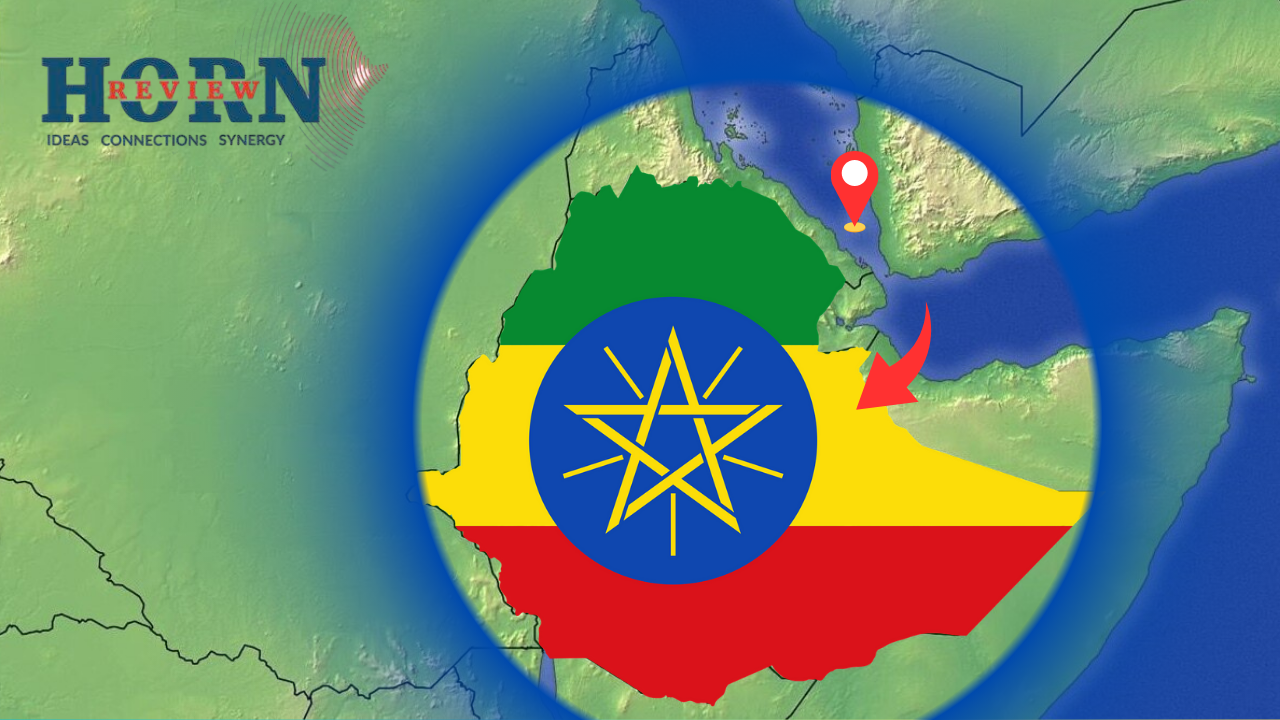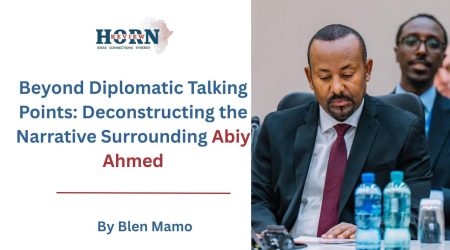
10
Jun
Ethiopia’s Red Sea Ambitions and the U.S. Pivot: Reshaping Horn of Africa Geopolitics
The United States’ decision to lend its weight behind Ethiopia’s long-cherished maritime aspirations, crystallized in Ambassador Ervin Massinga’s declaration of support, marks a pivotal moment in Horn of Africa geopolitics. This alignment between Washington and Addis Ababa framed around Ethiopia’s quest to shed its landlocked status, will bring cascading effects across regional alliances, global power rivalries, and maritime security paradigms.
At its core, the U.S. stance transforms Ethiopia’s decades-old economic imperative into a geopolitical lever, positioning the Horn of Africa’s most populous nation as a linchpin. By signaling support for Addis Ababa’s bid to secure sea access, Washington has conferred newfound legitimacy on what was once a unilateral ambition. For Ethiopia, landlocked since Eritrea’s secession in 1993, this backing transforms centuries of frustration into tangible diplomatic capital. No longer is Ethiopia merely a hinterland state dependent on its neighbors’ chokepoints, U.S. backing enables Addis Ababa to assert its claim to Red Sea access with greater confidence and diplomatic legitimacy. It will open a path to leverage American influence to negotiate favorable terms with regional partners and showcase the narrative that maritime access is inseparable from national growth and sovereignty.
Securing a maritime access will give Ethiopia profound opportunities. Economically, Ethiopia’s economic dynamism will get diversified trade routes for scaling exports, attracting foreign investment, and sustaining industrialization. Militarily and diplomatically, a coastal strip would shield Ethiopia from an encirclement by states perceived as hostile, while offering a platform for deeper security cooperation in the region with the United States. In recent months, U.S. counterterrorism initiatives have intensified across the Horn, as Washington seeks reliable partners to counter al-Shabaab in Somalia and curb Houthi threats along the Bab el-Mandeb. By underwriting Ethiopia’s maritime goals, the U.S. not only diversifies the logistical network for its partner but will also open paths to plant a flag for American influence in a corridor increasingly contested by China and Russia.
Moreover, Ambassador Massinga’s framing of maritime access as a “fundamental priority” elevates this challenge into a US-backed security concern, with Addis Ababa now positioned to leverage Washington’s support into military-diplomatic capital. Yet, the US support will trigger immediate regional realignments. Egypt, traditional recipient of US military aid, now faces diminished strategic primacy. Cairo’s rejection of non-littoral military presence especially in the Red Sea directly contradicts with Massinga’s articulation of U.S’s support for Ethiopia’s maritime access.
As U.S.–Egypt relations come under increasing strain driven by Cairo’s growing alignment with China and Russia and broader divergences in regional priorities, a strategic vacuum has emerged. The United States potentially, appears intent on filling this gap by elevating Ethiopia as a pivotal regional ally. This support for Ethiopia’s maritime ambitions might serve as a response to shifting alliances and as a recalibration of its strategic posture in the Horn of Africa.
Egypt’s reaction to this unfolding reality will be predictable in its firmness. For Cairo, any Ethiopian port presence, especially in the Red Sea, represents an existential challenge to its dominance. Cairo’s deeper concern is twofold. First, Egypt remains locked in bitter negotiations over the Grand Ethiopian Renaissance Dam; the thought that Addis Ababa might wield a maritime access on the Red Sea amplifies Cairo’s sense of strategic vulnerability. Second, as U.S. support for Ethiopia grows, Egypt fears its own pivotal role in Washington’s Middle East strategy is eroding, adding to their already fragile relationship.
Djibouti, Ethiopia’s perennial lifeline, could watch the U.S.-Ethiopia gambit with equal parts apprehension and opportunism. On one hand, expanded U.S. backing for Ethiopian maritime ventures risks diluting Djibouti’s near-monopoly on Addis’s seaborne trade. Ethiopian goods might increasingly bypass Doraleh Port for emerging outlets. On the other hand, Djibouti might show willingness to deepen military and economic ties with Ethiopia under American auspices. In this scenario, Djibouti should recast itself as the indispensable pivot between Washington and Addis Ababa, coexisting with American presence in the region.
The strengthened relationship between the United States and the Gulf states finds a natural extension in the Horn of Africa, where Gulf capitals’ strategic interest and engagement merge with Washington’s new endorsement of Ethiopia’s maritime access. Their investments reflect a keen desire to diversify trade routes and to secure a foothold in an increasingly contested Red Sea corridor. Now, by supporting Ethiopia’s quest to regain a coastal strip on the Red Sea, the United States furnishes Gulf partners with an even more compelling story: a landlocked African giant reemerging into a regional anchor state. It is aligned with American strategic objectives and serving as a bulwark against mounting challenges posed by rival powers. In doing so, the U.S. and the Gulf cooperatives amplify each other’s efforts. Washington’s backing can validate Gulf investments, diversifying Ethiopia’s economic lifelines and cementing its role as a linchpin between Africa and the Arabian Peninsula.
That being said, U.S. support for Ethiopia’s maritime access will have the potential to reshape the Horn of Africa’s geopolitical landscape. By empowering Addis Ababa to break its landlocked constraint, Washington not only counters rival powers’ encroachments but also forges a new strategic pivot in a region where alliances are in flux. Nonetheless, immediate regional reactions highlights the nuanced balance Ethiopia must maintain.
By Yonas Yizezew,Researcher,Horn Review










